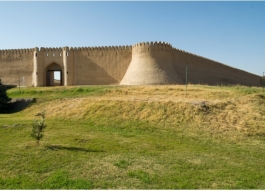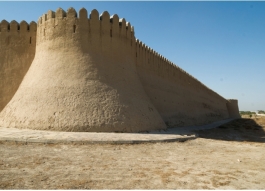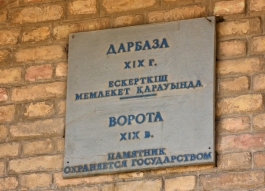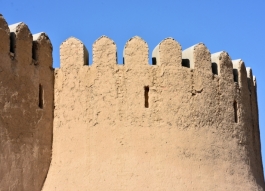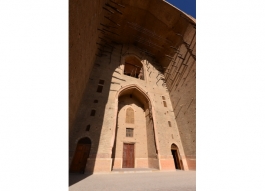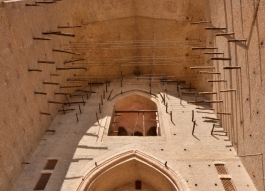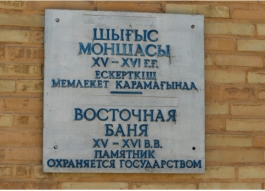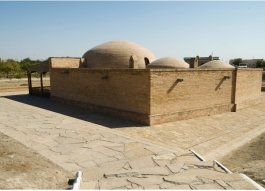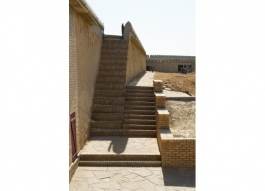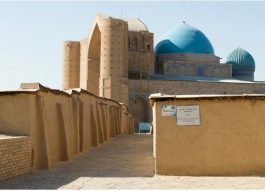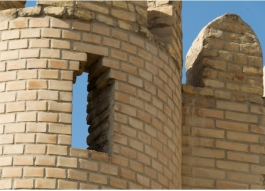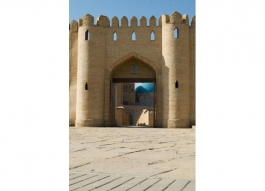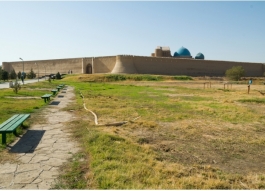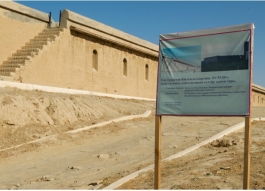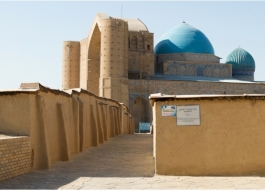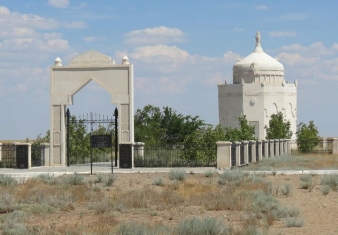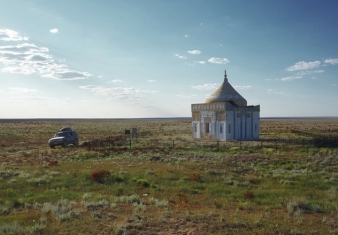
 Cultural heritage
Cultural heritage
43.2928, 68.2986
The ancient settlement of Turkestan is one of the most ancient cities in Kazakhstan that played important role in history of Kazakh nation during many centuries.
Currently the ancient settlement is situated in the territory of the modern city of Turkestan in Southern-Kazakhstan region. The ancient city was located on the crossings of trade ways.
Therefore it remained the political and cultural center of the region. Moreover thanks to dozens of prominent religious sanctuaries in and around the city it was famous as the small Mecca, a sacred place for Muslims of Central Asia.
The city is known as Shavgar since the 10th century. In the 12th-13th centuries, Shavgar lost its trade and cultural role and was abandoned. The center of the region was moved to Yassi-Turkestan. In Middle Ages, the city saw progress thanks to its profitable position on developing trade ways.
Khoja Akhmed Yassawi, poet and sage lived in the city in the 12th century. In the place of his old mausoleum was erected a new mighty Memorial in 1396-1398 by the order of Emir Timur. In the 16th-18th centuries, the city became the capital of the Kazakh Empire (Khandik). Residences of many Kazakh khans were situated here.
Today the protected territory of the historical city is 88,7 hectares. As a result of archeological explorations, it was cleared that one part of the settlement attached to the mausoleum from south-east and limited with the fortress walls was its center, a citadel.
In this part of the city is located the Mausoleum of Khoja Akhmed Yassawi, the underground mosque “Khilvet", the mausoleum of Rabiga Sultan Begim and the famous semi-underground Oriental bath-houses.
The mausoleums of the founders of the Khan of Kazakh Tauke, Tauekel, Djangir, Essim and Abylai erected in the 15th-17th centuries are also located in the territory of the necropolis.
To the west and south, east of the citadel was located the territory of Shakhristan, it has irregular quadrangle from the area of which is about 23, 5 hectares(350 х 670 m). This territory was bordered by well traceable remains of walls with towers at the corners.
The southern wall is less expressed however there is a clear difference in levels, emphasizing the power of the cultural sediments inside of Shakhristan. The wall of rabad, built of clay pieces in high duwal (wall) form, up to 1,2-1,4 m thick in the basement, still remained on some sites.
Certainly, the most outstanding monument in the territory of Turkestan is the Mausoleum of Khoja Akhmet Yasawi. Built of burnt bricks, the building, with a height of 38 meters is a complex consisting of a set of premises. Cupols and outer walls of the mausoleum were blanked with blue ceramics and exquisite murals.
The building has a huge portal and a series of cupolas. Around of its central hall is kazandyk – combined more than 35 different premises. This includes the central, the largest hall for taykazan in the complex, mausoleum, mosque, large and small palace halls, a library and economic complex – well, dining, residential, and other premises.
For the first time, Turkestan was investigated by the scientist from Orenburg P.I.Rychkov. It was he who pointed out that Turkestan is situated in the place of former Yassi.
In 1867, by order of the Russian Archaeological Society, Turkestan was investigated by P.I.Lerkh. He scientifically proved the location of Yassin on the place of present Turkestan. It should be noted of pre-revolutionary surveys on Turkestan the works of V.V.Bartold and А.I.Dobromyslov.
V.V.Bartold identified the city as Yassi-Turkestan-Shavgar. The first archaeological excavations were carried out in 1928 by M.E.Masson. The evidence of early habitation in the territory of present Turkestan was received by T.N.Senigova, surveying in 1973 a hillock of Kul-Tobe, located in 300 m of the south-east of Khoja Akhmet Yassawi mausoleum.
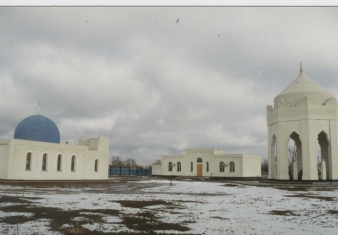
In 50 km from the modern city of Atyrau, there is one of perspective tourist routes, regional memorial estate "Khan Ordaly Sarajshyk" who opens all ancient history of the Kazakh people.
The grave site of the great Kazakh poet of the 19th century, free-thinker and inspirer of the rebellion of Makhambet Utemisov is situated in Inder, Atyrau region, 40 km to the south-east from the village Inderbor.
Atyrau region is rich in its architectural monuments of culture, one of them is considered to be Zhuban Mausoleum.
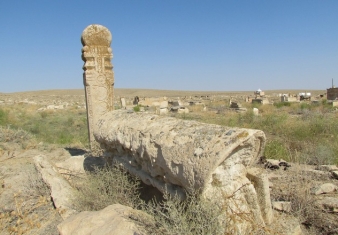
Senek reserve is an architectural monument of the XVII - XX centuries, it represents a necropolis consisting of several sepulchral constructions and an old mosque.
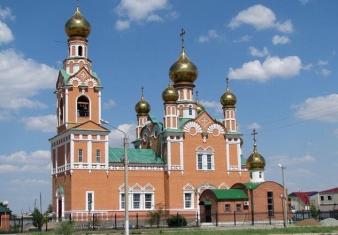
One of the oldest and most beautiful architectural monuments of the city - Uspenski Cathedral is located in the heart of the city of Atyrau, on Issatay Taimanov street, just a few steps from the main square.
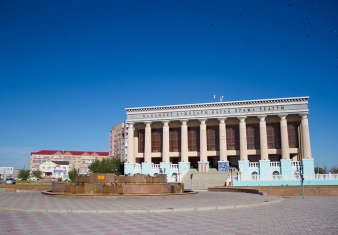
One of the leading places in the cultural life of Atyrau and the whole Atyrau region belongs to the Kazakh Drama Theater named after Makhambet Utemisov.














